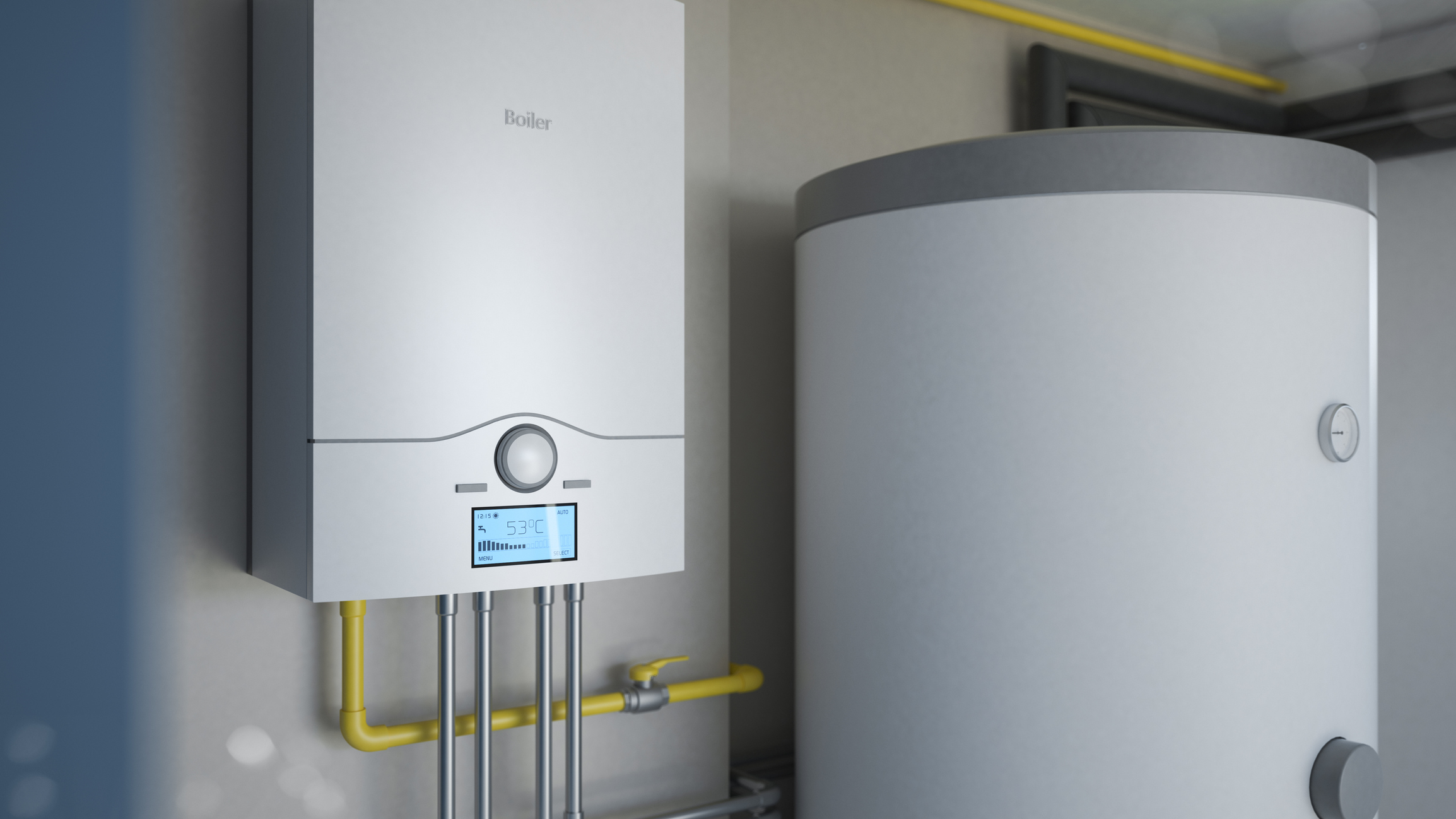Key Maintenance Techniques for Your Home's Hot Water SystemUseful Strategies for Caring for Your Home's Hot Water SystemEssential Tips on Maintaining Your Home's Hot Water System
Key Maintenance Techniques for Your Home's Hot Water SystemUseful Strategies for Caring for Your Home's Hot Water SystemEssential Tips on Maintaining Your Home's Hot Water System
Blog Article
How do you actually feel on the subject of Water Heater Maintenance Tips You Can't Afford to Forget?

Hot water is essential for everyday comfort, whether it's for a rejuvenating shower or washing dishes. To guarantee your hot water system runs effectively and lasts much longer, routine maintenance is vital. This article gives useful pointers and insights on just how to maintain your home's warm water system to stay clear of disturbances and costly fixings.
Introduction
Preserving your home's warm water system might appear difficult, yet with a few basic steps, you can ensure it runs efficiently for many years to find. This overview covers everything from comprehending your warm water system to do it yourself maintenance ideas and recognizing when to contact expert help.
Significance of Preserving Your Warm Water System
Regular upkeep not just prolongs the life expectancy of your hot water system however additionally guarantees it operates successfully. Neglecting maintenance can cause lowered efficiency, higher power costs, and even premature failure of the system.
Indications Your Warm Water System Demands Upkeep
Knowing when your hot water system needs interest can stop significant concerns. Keep an eye out for signs such as irregular water temperature level, weird sounds from the heating system, or rusty water.
Understanding Your Hot Water System
Before diving right into upkeep jobs, it's helpful to understand the basic components of your hot water system. Commonly, this consists of the hot water heater itself, pipelines, anode poles, and temperature level controls.
Month-to-month Upkeep Tasks
Routine regular monthly checks can assist catch small issues prior to they intensify.
Flushing the Hot Water Heater
Purging your hot water heater gets rid of debris accumulation, enhancing effectiveness and prolonging its life.
Monitoring and Replacing Anode Rods
Anode rods prevent corrosion inside the container. Evaluating and changing them when broken is critical.
Examining and Changing Temperature Setups
Readjusting the temperature level settings makes sure ideal performance and safety.
Do It Yourself Tips for Upkeep
You can carry out several upkeep jobs on your own to keep your warm water system in leading condition.
Looking for Leakages
Consistently evaluate pipelines and connections for leakages, as these can result in water damages and higher costs.
Checking Pressure Alleviation Valves
Checking the pressure safety valve ensures it operates appropriately and stops excessive stress accumulation.
Insulating Pipelines
Insulating hot water pipelines decreases warmth loss and can conserve energy.
When to Call an Expert
While DIY upkeep is helpful, some problems call for expert proficiency.
Facility Issues Calling For Professional Help
Instances include major leakages, electrical troubles, or if your water heater is continually underperforming.
Regular Professional Maintenance Conveniences
Expert upkeep can include complete evaluations, tune-ups, and ensuring compliance with safety criteria.
Conclusion
Normal maintenance of your home's warm water system is important for effectiveness, durability, and price savings. By following these tips and recognizing when to seek specialist assistance, you can make sure a reliable supply of hot water without unanticipated interruptions.
How to Maintain an Instant Hot Water Heater
Before tinkering with your hot water heater, make sure that it’s not powered on. You also have to turn off the main circuit breaker and shut off the main gas line to prevent accidents. Also turn off the water valves connected to your unit to prevent water from flowing into and out of the appliance. 2. When you’re done, you have to detach the purge valves’ caps. These look like the letter “T” and are situated on either side of the water valves. Doing so will release any pressure that has accumulated inside the valves while at the same time avoid hot water from shooting out and burning your skin. 3. When the purge valves’ caps are removed, you have to connect your hosing lines to the valves. Your unit should have come with three hoses but if it didn’t, you can purchase these things from any hardware or home repair shops. You can also get them from retail stores that sell water heating systems. Read the user’s manual and follow it to complete this task properly. When the hosing lines are connected, open the purge port’s valves. 4. You should never use harsh chemical cleaners or solutions when cleaning your unit. Make use of white vinegar instead. It should be undiluted and you’ll probably use about 2 gallons. 5. Now flush your water heater. This task should probably take about 40 minutes. We can’t give you specific directions for this because the procedure is carried out depending on the type, model and brand of your heater. With that being said, refer to the user’s manual. 6. When you’re done draining the unit, you have to turn off the purge port valves again. Remove the hosing lines that you earlier installed on each of the water valves. Put the valve caps (purge port) back in their respective places and be very careful so as not to damage the rubber discs that are found inside these caps. 7. Now that everything’s back in place, check your user’s manual again to find out how to reactivate your water heating system. 8. Once it is working, turn one of your hot water faucets on just to let air pass through the heater’s water supply pipes. Leave the tap on until water flows smoothly out of it. https://www.orrplumbing.com/blog/2014/september/how-to-maintain-an-instant-hot-water-heater/

As a devoted reader on How to Maintain a Hot Water Heater in a Few Simple Steps, I figured sharing that piece of content was worthwhile. For those who enjoyed our blog posting kindly don't forget to pass it around. Thanks a bunch for your time. Please stop by our blog back soon.
Check It Out Report this page